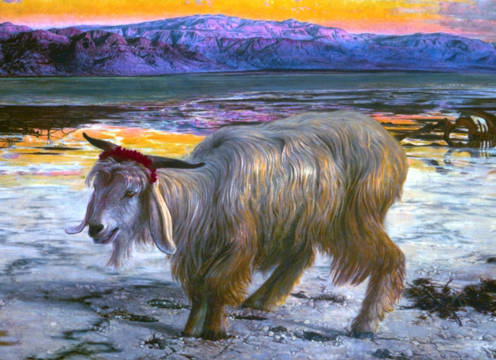Evolution 101
This site – aimed at first year undergraduates from a wide range of backgrounds, including those without biology A-level – introduces the basics of evolution.
Below you can find links to a series of websites introducing a range of topics covering evolution and palaeobiology. All were written for first and second year Department of Earth and Environmental Sciences courses at the University of Manchester.
Scroll down for more details, then click on a link to begin!
Life has a deep history. Its origins lie more than 3000-million years ago, and the time since has been defined by constant change: lineages have transformed, split, and become extinct over geological time, and life itself has terraformed our planet. All of this is the result of evolution. The videos below explore the evolution of life in deep time, from its origins and the earliest known fossils, through major evolutionary transitions, to the ecosystems around today.
You can find eight topics in this area linked below. Select one to begin, or you can click on the banner below for a more comprehensive introduction, including an overview of each topic.

This site – aimed at first year undergraduates from a wide range of backgrounds, including those without biology A-level – introduces the basics of evolution.

How does natural selection act on scales from DNA, through populations, to species? This, and all subsequent sites, are written for second year undergraduates.

Everything alive is related. But how do we derive the tree of life? This site reveals all.

How do lineages evolve over tens of millions of years? Here we look into the patterns and processes of evolution in deep time, and across the tree of life.

Let's get a handle on the history of life. This site provides an overview of important evolutionary milestones in the first 3000-million years of life.

Life started in the ocean. In this lecture we see how, and when, life evolved to live on land.

Here we chart the history of extinctions over geological time, mass extinctions in the past, and the currently occurring mass extinction.

This site provides an introduction to ecology in deep time: both of fossil species, and of extinct communities.

At a time when human activities are impacting on every part of the biosphere, the fossil record can provide context for – and help us – conserve living species.

How are fossils distributed in time and space? What can this tell us?